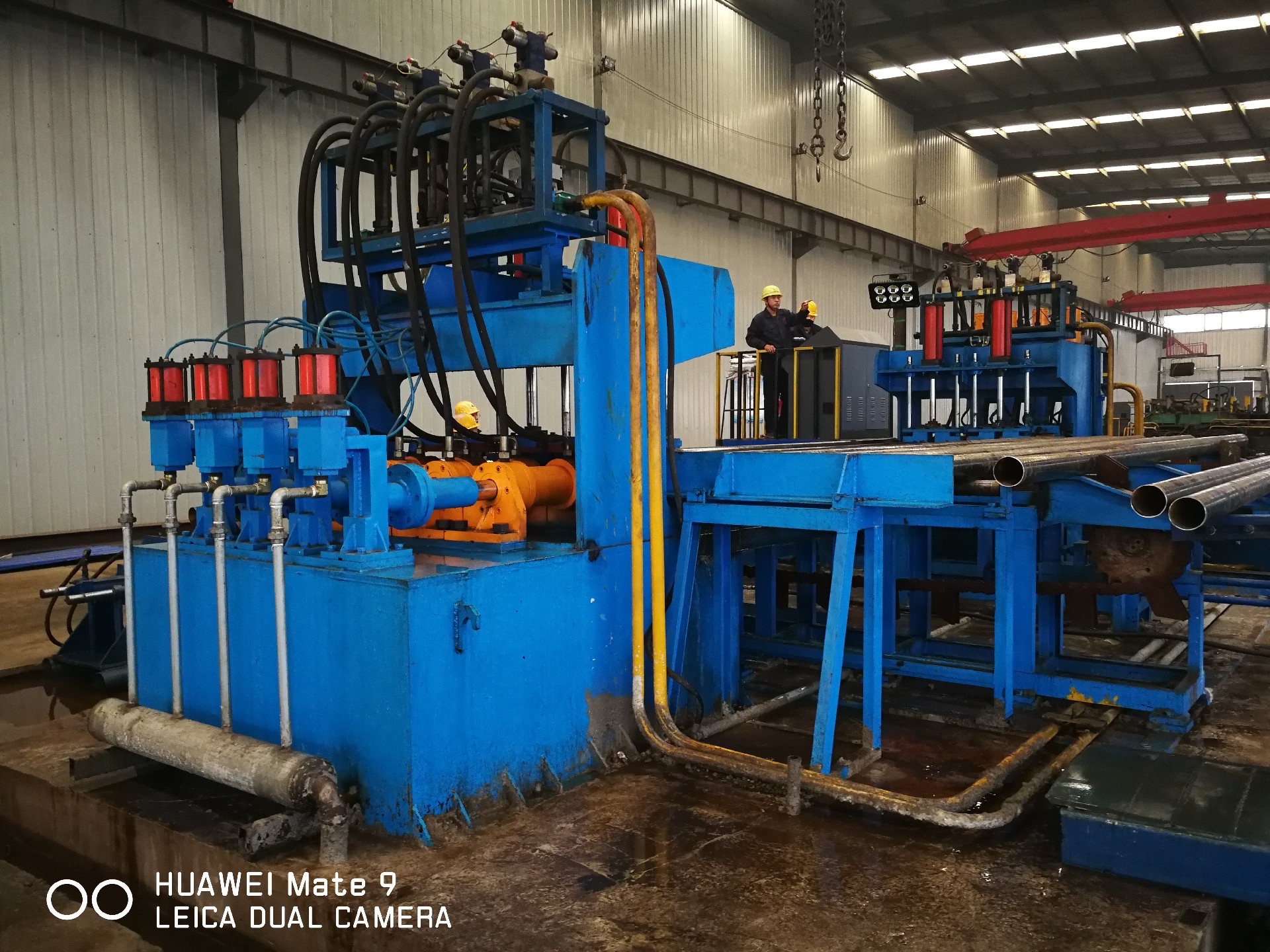When it comes to the oil and gas industry, safety isn’t just a regulation — it’s a necessity. Every pipeline, whether it’s carrying crude oil, natural gas, or refined products, must be able to handle extreme pressure without leaking or failing. That’s where pipe hydrotesters come into play. These machines are the unsung heroes behind the scenes, ensuring that every length of pipe is strong, leak-free, and ready for service before it’s put underground or under the sea.
What Is a Pipe Hydrotester?
A pipe hydrotester is a specialized piece of testing equipment used to verify the strength and integrity of pipes by subjecting them to high water pressure. During hydrostatic testing, water is pumped into the pipe and pressure is gradually increased to a specific level — often higher than the normal operating pressure. The purpose? To make sure the pipe can withstand real-world conditions without cracks, leaks, or deformation.
It’s a straightforward concept, but a critical one. If a defect or weak point exists, it will show up during testing — not after the pipeline has been buried or installed.
Why Hydrotesting Matters for Oil & Gas Pipelines
Oil and gas pipelines run through harsh environments — deserts, oceans, mountains — and operate under enormous pressure. A single failure could lead to environmental disasters, costly shutdowns, or even loss of life. That’s why pipeline operators depend on hydrotesting machines to catch any issues before operation begins.
Hydrotesting helps in:
-
Detecting manufacturing defects such as cracks, porosity, or welding flaws.
-
Validating the mechanical strength of pipes under stress.
-
Preventing leaks that could cause contamination or explosions.
-
Meeting international safety standards required by agencies and clients in the oil and gas sector.

How Modern Pipe Hydrotesters Improve Efficiency
Gone are the days when hydrotesting was a slow, manual process. Modern automatic pipe hydrotesters come equipped with digital control systems, high-accuracy sensors, and real-time data recording. These advancements allow operators to test pipes faster, more accurately, and with minimal human intervention.
Some advanced models can even handle multiple pipe diameters and wall thicknesses, adjusting pressure automatically to meet specific test requirements. This flexibility not only improves testing efficiency but also reduces water consumption — an important factor for companies focusing on sustainability and environmental responsibility.
Key Benefits for Pipeline Manufacturers and Contractors
-
Higher reliability: Every pipe is tested to ensure it meets strength requirements.
-
Reduced downtime: Quick, automatic testing shortens production cycles.
-
Data traceability: Test results can be stored and shared digitally for certification.
-
Environmental savings: Many systems use water recycling and energy-efficient pumps.
Ensuring Long-Term Safety
In the oil and gas industry, a pipeline’s reputation is built on its reliability. Using a pipe hydrotester ensures that every section delivered to the field meets safety standards — and that means fewer surprises later on. It’s not just a quality-control step; it’s an investment in long-term safety, environmental protection, and brand trust.
In a world where safety and sustainability go hand in hand, pipe hydrotesting machines play a silent yet powerful role — ensuring that the energy flowing through those pipelines reaches its destination safely, every time.